The Great Lakes' 'White Hurricane' of 1913
The Detroit News

Bodies wearing life jackets from the cargo ship Wexford washed ashore near Goderich, Ontario, in November 1913. The ship was one of 12 sunk in the deadliest Great Lakes storm in history, nicknamed the White Hurricane for its blizzard-like conditions and high winds from Nov. 9-11, 1913. While the exact death toll is unknown, it was estimated at 260 to 300.
Public Domain
The front page of The Detroit News on Nov. 13, 1913, featured the only photo taken at that time of a ship wrecked by the Great Lakes storm. The vessel was later identified as the ore carrier Charles S. Price.
The Detroit News Archives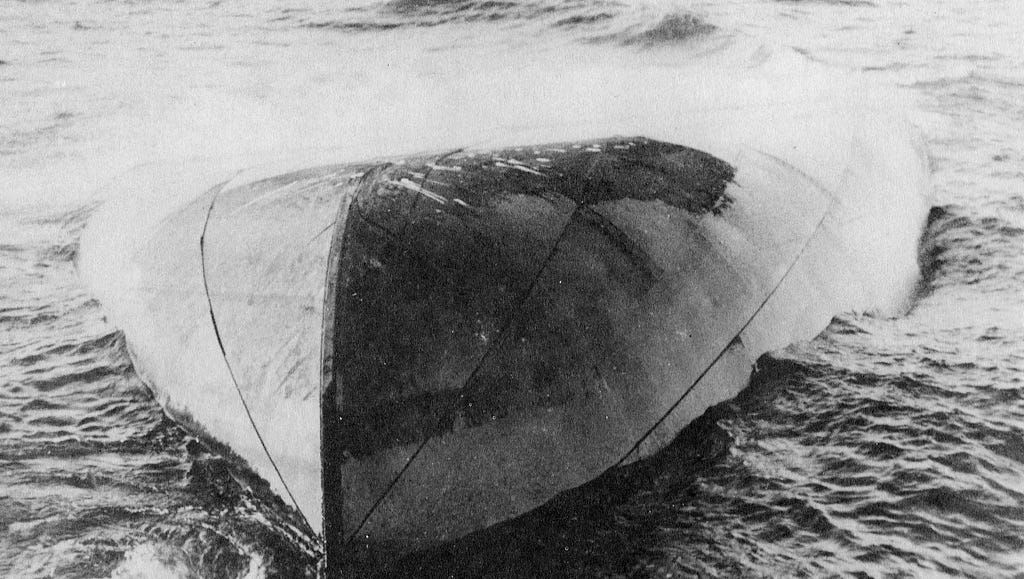
The Charles S. Price was found upside down in southern Lake Huron, near the mouth of the St. Clair River. Engineer Milton Smith, who decided not to travel with the crew on the premonition of impending disaster, was called to identify bodies swept ashore. All 28 crew men died.
Public Domain
A map locates shipwrecks in four of the Great Lakes during the 1913 storm. In addition to the12 that were sunk, 19 others were stranded or washed ashore. Two major storm fronts converged, fueled by the lakes' relatively warm waters to produce a November gale, with gusts up to 90 mph, 35-foot waves and snow squalls.
Public Domain
The first warning of the 1913 storm was a small notice in The Detroit News. On Nov. 6, 1913, the newspaper's weather forecast called for moderate to brisk winds for the lakes. Within days, horse carts were blowing over on the streets of downtown Detroit.
The Detroit News Archives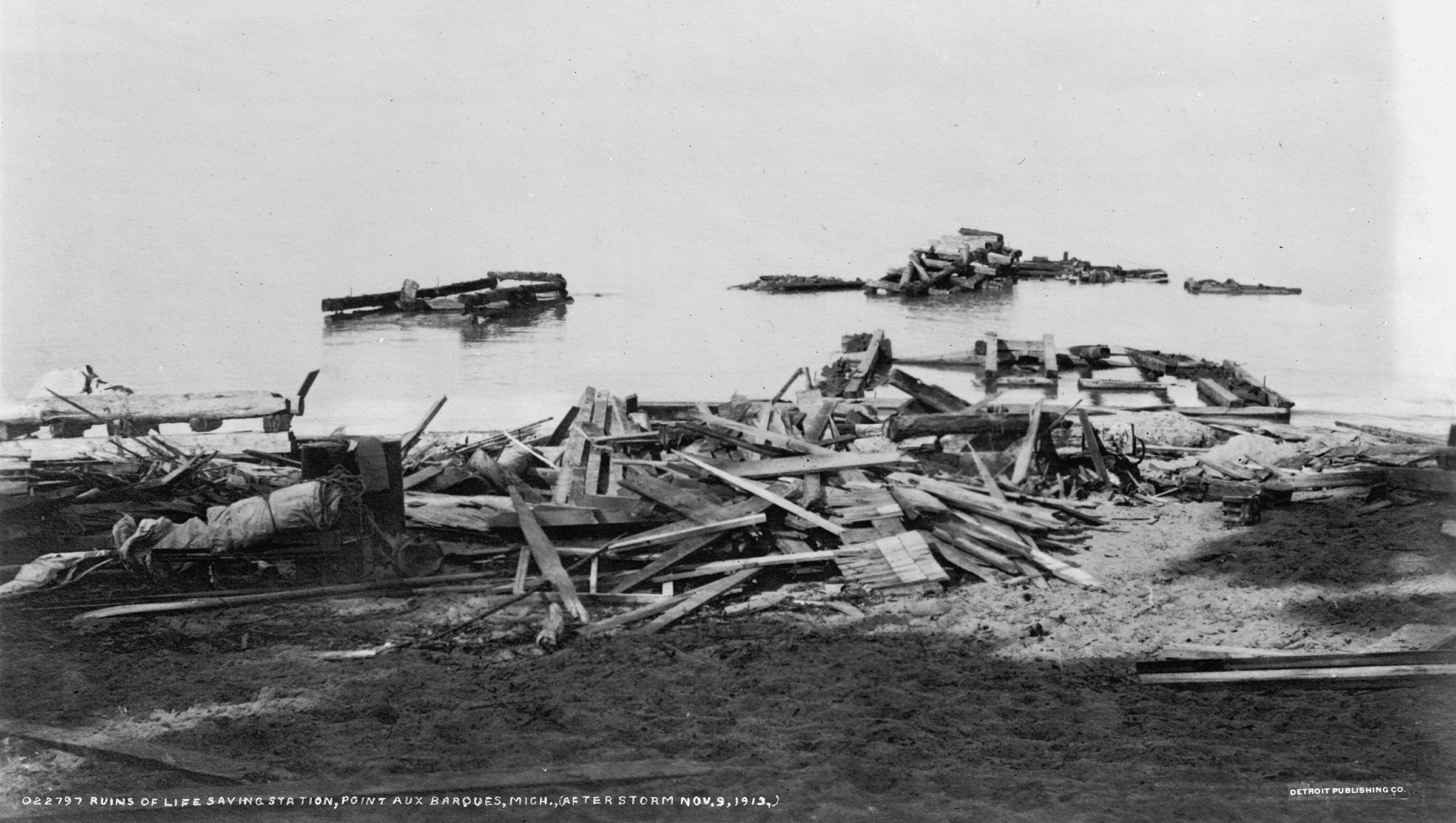
The ruins of a life-saving station in Point aux Barques, at the tip of Michigan's thumb, are seen after the storm hit on Nov. 9, 1913.
Library Of Congress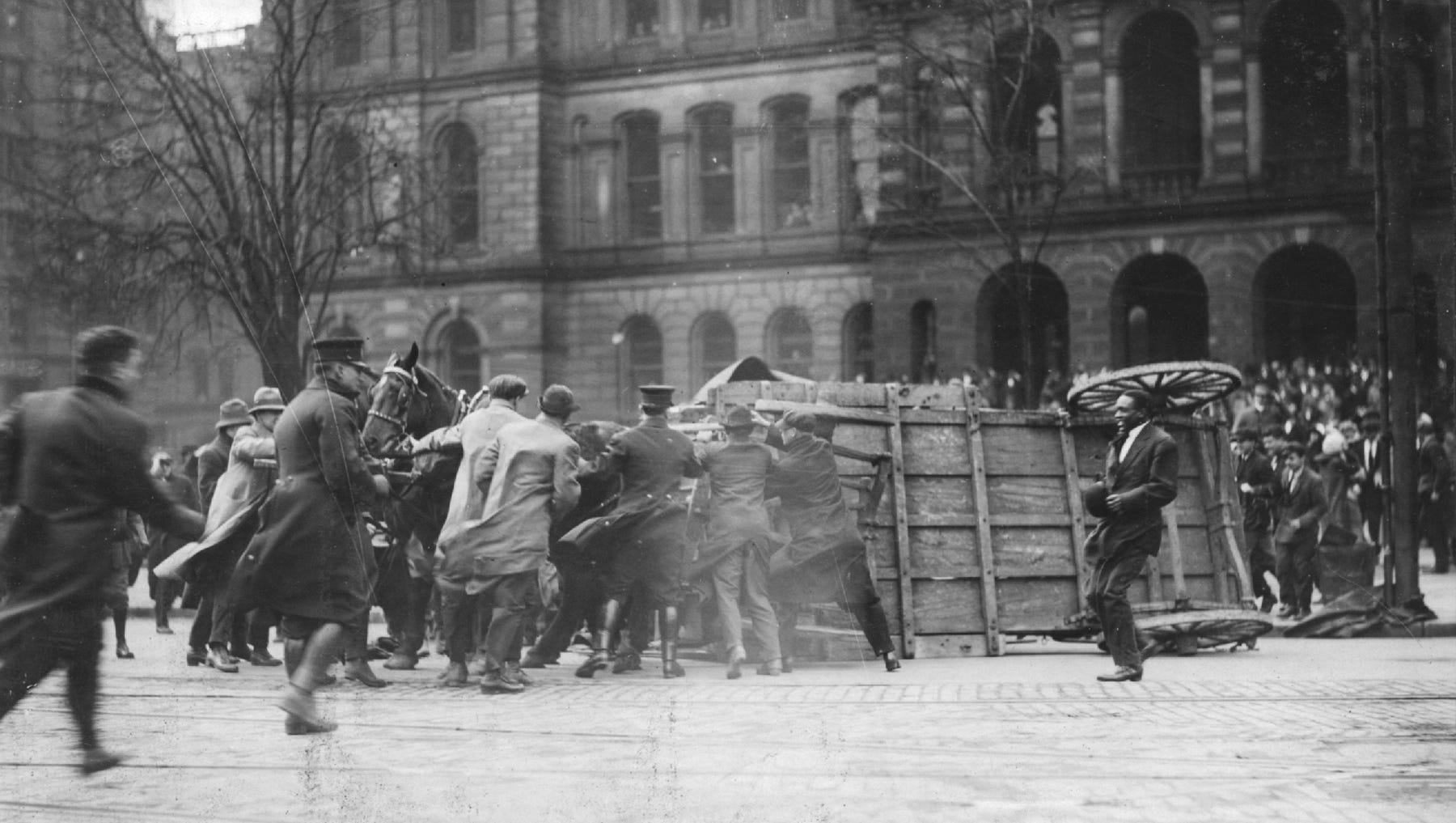
Citizens and police officers in downtown Detroit try to hold horses and flip a wagon that overturned in the high winds. The slow pace of weather reports would contribute to ships being surprised by the ferocity of the storm in the Great Lakes.
The Detroit News Archives
The L.C. Waldo, a 450-foot freighter loaded with ore, encountered fierce winds that tore away the pilot house and damaged the steering. In attempting to reach L'anse Bay in Lake Superior's Keweenaw Peninsula, it ran aground and broke in two. The crew took shelter in the forward end of the steamer and waited for four days before rescuers could reach them.
Public Domain
The Leafield, a 249-foot-long steamship built in 1892, was carrying a load of steel rails when it foundered in Lake Superior, 14 miles southeast of Thunder Bay, Ontario. All 18 aboard were lost. The storm's financial loss in vessels alone was nearly $5 million, the equivalent today of about $122 million.
Searlecanada.org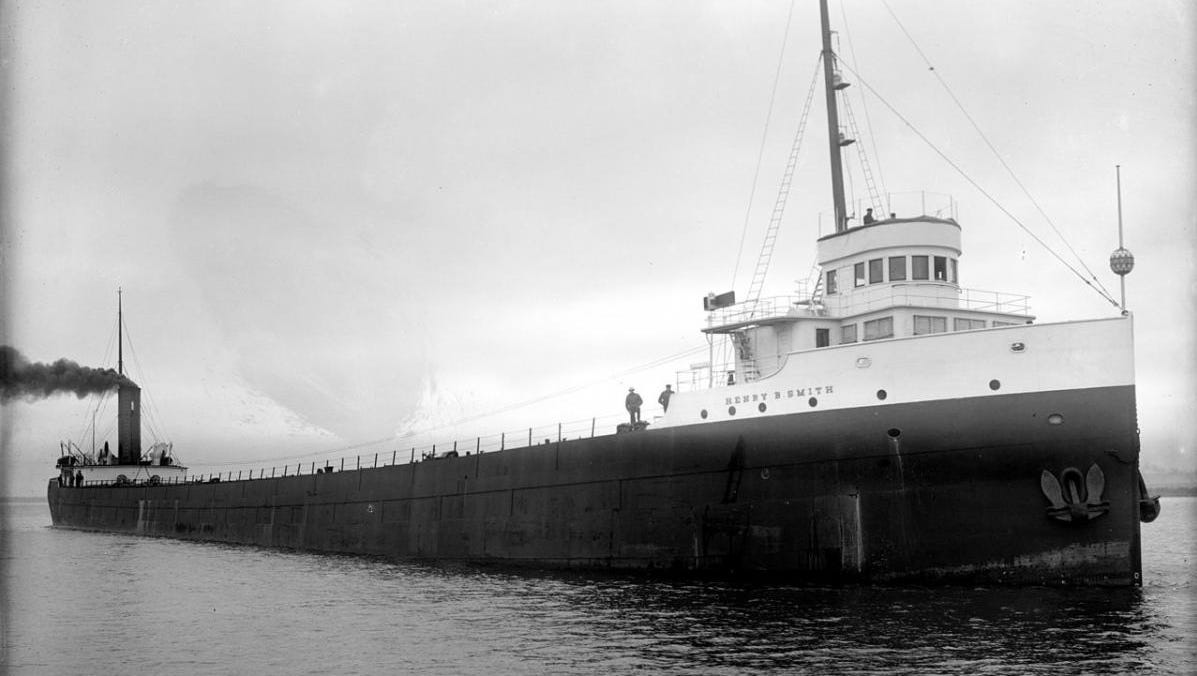
The SS Henry B. Smith, a steel-hulled, 525-foot lake freighter built in 1906, was carrying a load of iron ore when it foundered and was lost in Lake Superior near Marquette. All 25 crew members died. The shipwreck was finally located in 2013.
Public Domain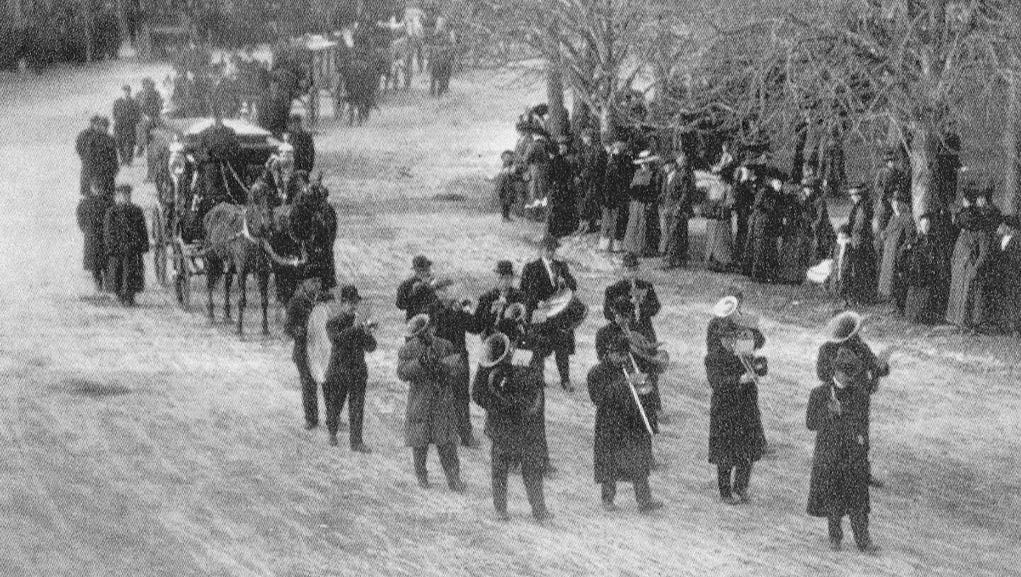
A funeral procession for the bodies of five unknown sailors, victims of the Great Lakes Storm of 1913, moves through the town square at Goderich, Ontario.
Public Domain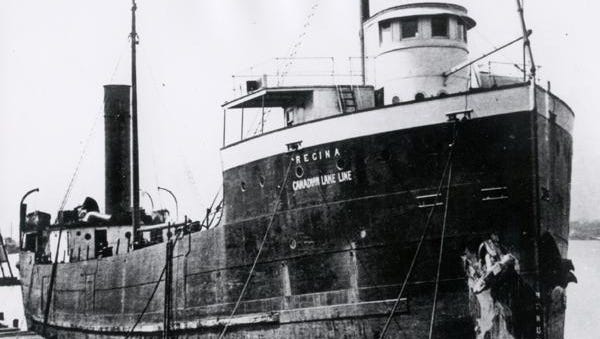
The SS Regina was anchored east of Lexington, Michigan in Lake Huron. Top-heavy with a load of sewer pipes, it capsized under heavy waves and sank. Twelve bodies and a capsized lifeboat from the ship were found 30 miles east near Port Franks, Ontario. There were no survivors. The wreck of the Regina was discovered in 1986, upside down in about 80 feet of water.
Public Domain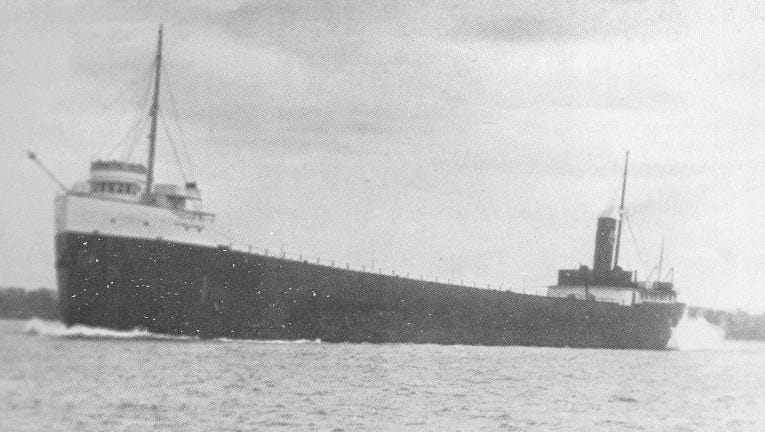
The SS Isaac M. Scott was hauling a load of coal from Cleveland to Milkwaukee when it sank in Lake Huron near Thunder Bay Island. All 28 crew members were lost. The ship already had experienced a tragedy: On its maiden voyage in 1909, it accidentally rammed the SS John B. Cowle, sinking it and causing the death of 14 of its 24 crewmen.
Public Domain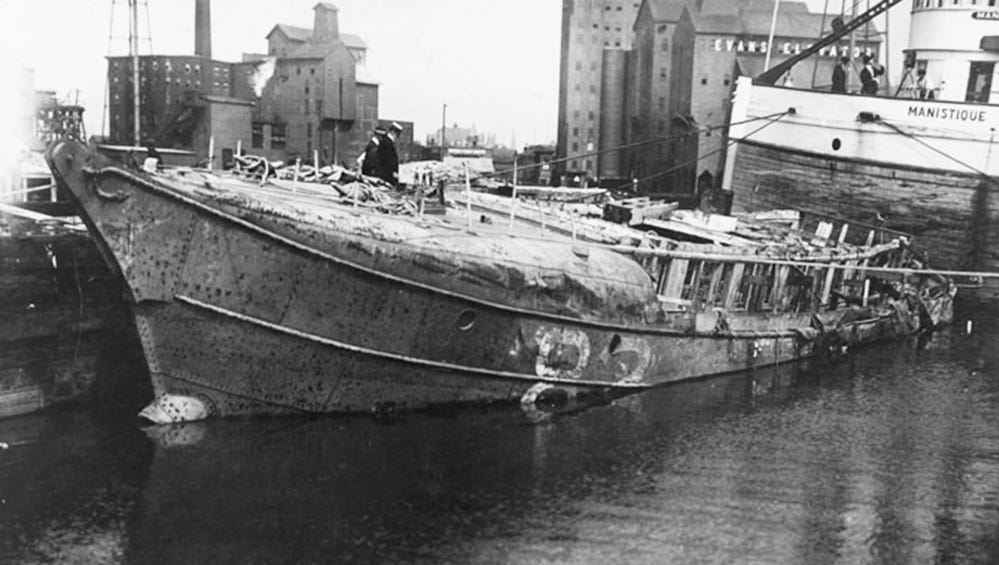
U.S. Coast Guard Lightship 82, stationed in Buffalo, also sank during the storm; all 6 of the crew were lost. In 1914 the wreck was found 1 7/8 miles from its station, sitting on the bottom of Lake Erie in water 63 feet deep. Above, the vessel was raised, repaired and returned to service.
USCG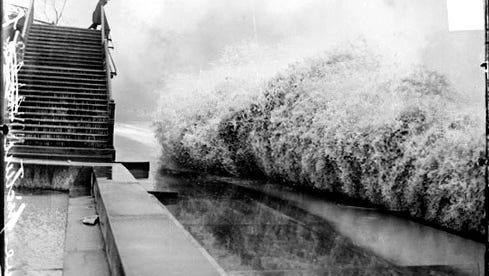
Waves break on the shore of Lake Michigan by Lincoln Park in Chicago, while a man watches from High Bridge in this photo published in the Chicago Daily News on Nov. 10, 1913.
Public Domain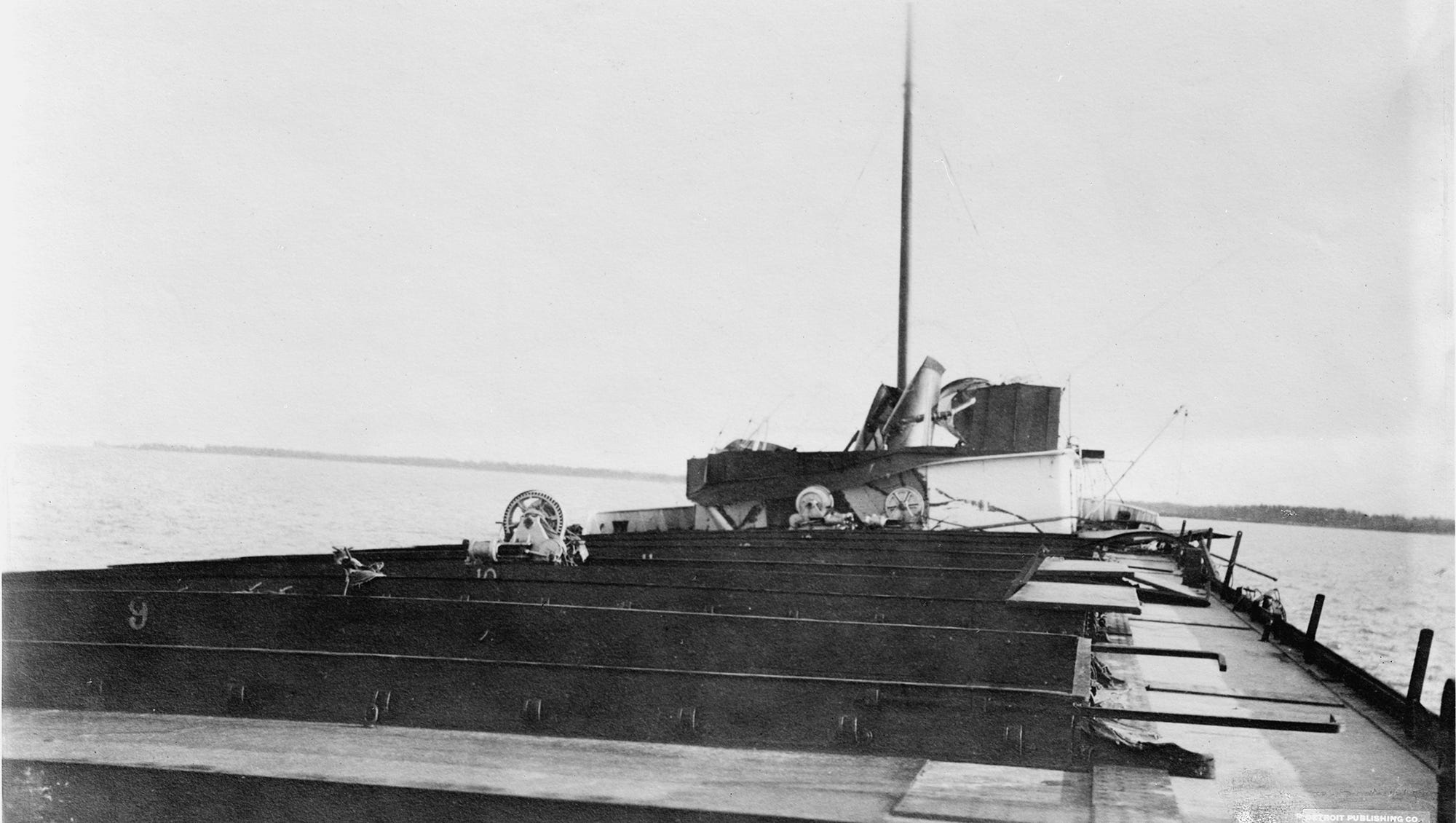
The Howard M. Hannah Jr., a 500-foot freighter, was carrying a load of coal when it passed Port Huron and entered Lake Huron. The storm smashed its windows, cracked the hull, toppled its smokestack and drove it onto on the rocks near Port Austin. All 25 crew members survived. Above, the ship's rear cabin and smashed smokestack are seen after the storm.
Library Of Congress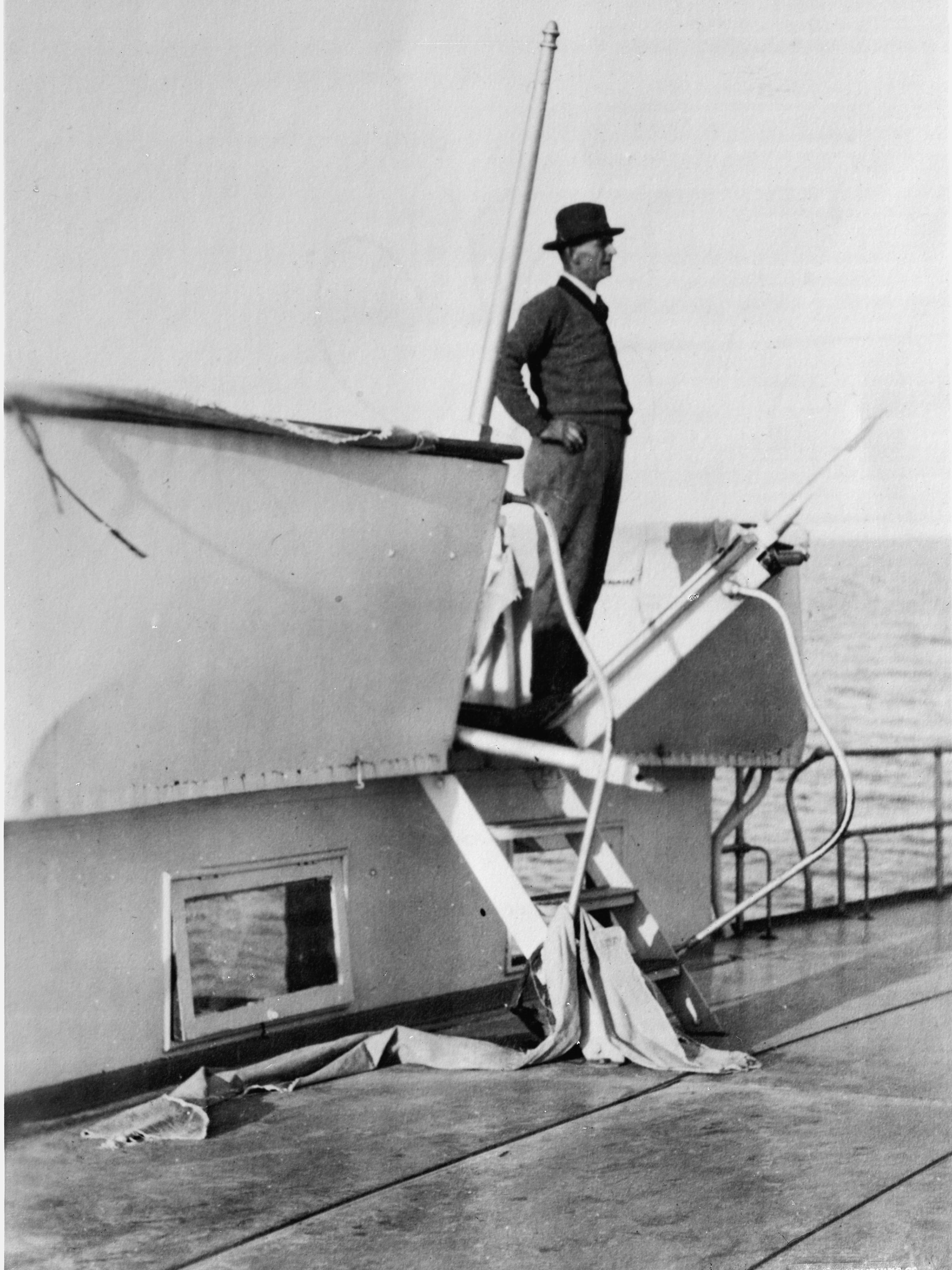
A man stands atop the wrecked pilot house of the Howard M. Hanna Jr. after the storm on Lake Huron.
Library Of Congress
The front page of the Cleveland Plain Dealer on Nov. 11, 1913. Cleveland was especially hard hit by the storm, blanketed by a still-record 22.2 inches of snow and gale-force winds.
Public Domain
People in Cleveland dig out after the 1913 storm. They were without power for days. The loss of life and damage from the severe storm helped lead to improvements in ship construction, communication and weather forecasts.
Public Domain